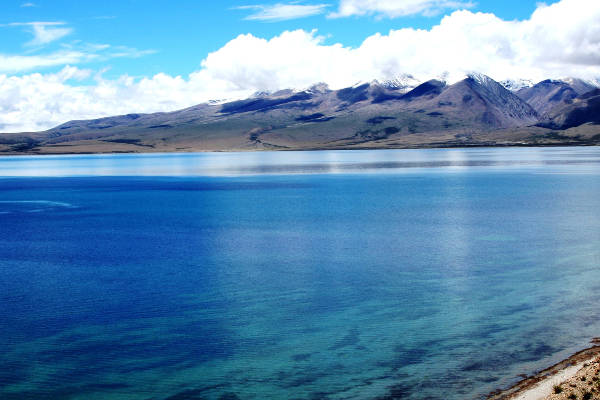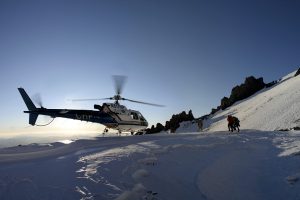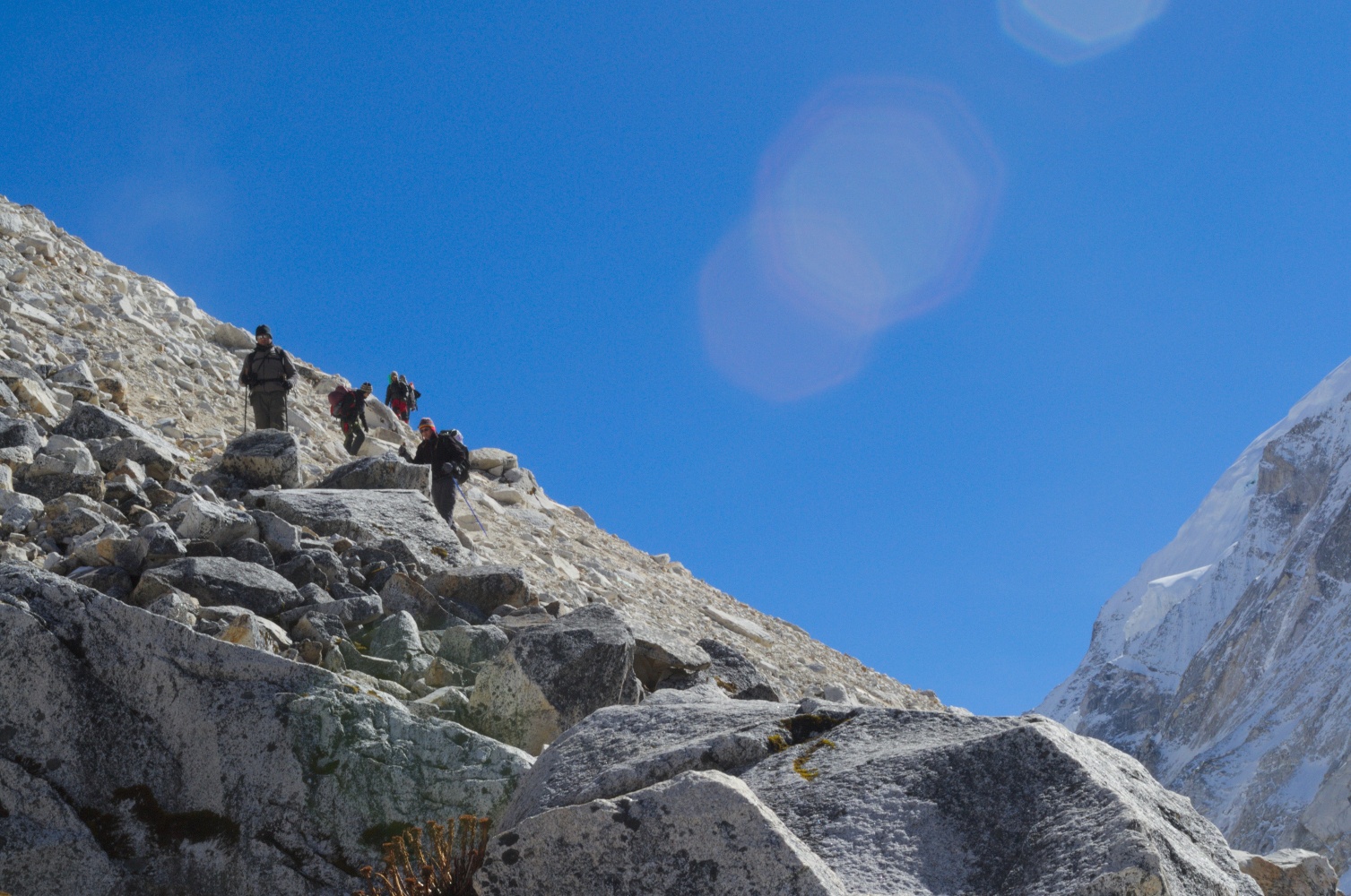The Limi Valley Trek runs close to the Tibetan border at Nepal’s northwest-most extremity and follows the old salt trading and pilgrimage route. The district, known as Humla, is virtually untouched, having only opened to trekkers in 2002, making it one of the least-frequented treks found in Nepal.
On this page, you will find a comprehensive and impartial guide to the Limi Valley Trek.
Limi Valley Hike
The Limi Valley trek abounds with gorgeous landscapes surrounded by the towering Himalayas. The region is famed for its wildlife and plants. There are many kinds of exotic animal: Himalayan bears, wild horses, blue sheep, musk deer, mountain eagles and many more. You may even be blessed with a rare sighting of a snow leopard if you’re very lucky!
The Limi Valley hike takes roughly around 20 days. Trekking generally begins around 8am where you will trek for five or six hours a day. Accommodation is a mix between small authentic villages and camps beneath the snow-capped mountains. It is important to note that individual travellers are not allowed on the Limi Valley trek.
The going is moderate to strenuous, so a good level of fitness is necessary. Paths often become narrow and rocky and you’ll probably need trekking poles. Being very remote, there are very few tourists to be seen and the native people are among the poorest in the country. The inhabitants are mostly of Tibetan origin and it is said that Tibetan Buddhism is better preserved here than in Tibet itself! The ancient monasteries along the route certainly bear testament to this.
One notable fact about the local inhabitants is that Polyandry (wives with multiple husbands) is very common. Polyandry is found in probably less than one percent of societies, but it is common in Limi Valley, accounting for 44 percent of marriages in 1995. Usually, a woman marries brothers. There is little productive land in Humla – only about one percent of land is arable – and polyandry limits population growth. Families are less likely to break up than would be the case if brothers married monogamously.
Please Note: The Limi Valley hike is a great way to view the unique natural and cultural landscape of Tibetan Buddhists. This trek is for those people with a real sense of adventure, people who are excited to embrace basic living conditions in order to experience rural, remote and authentic mountain lifestyles in Nepal and Tibet.
Regional Map
Humla nestles between the boiling hot Indian sub-continent and the frozen plains of the Tibetan Plateau. The secluded villages within the Limi Valley are as far from the modern world as it is possible to be.
You will pass clusters of flat-roofed mud houses, women wearing heavy gold and silver jewellery and men leading their flocks of long-haired goats. The only mode of transport available to the locals is mules, donkeys and horses.
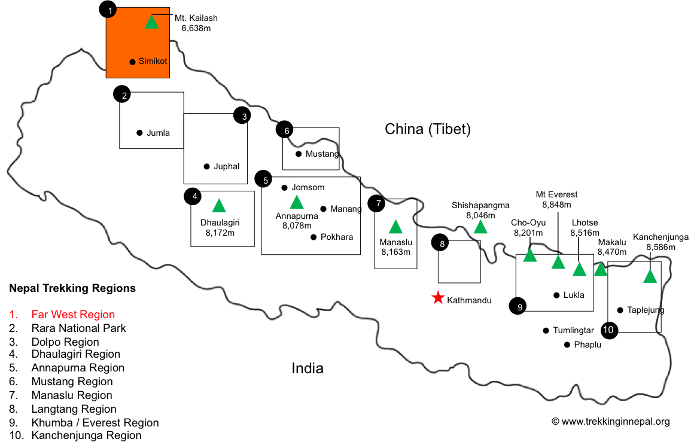
Recommended Map
There aren't that many maps available for the Far East Region and its trails, but there is one published in 2011 that you might find useful for the Limi Valley Trek.
We recommend Nepal Far-West Region: 1:150,000 Trekking Map by The Great Himalaya Trail Series Maps. It's waterproof so you can use it along the trail without a problem.
We have also provided links and recommendations to new guides and maps below.
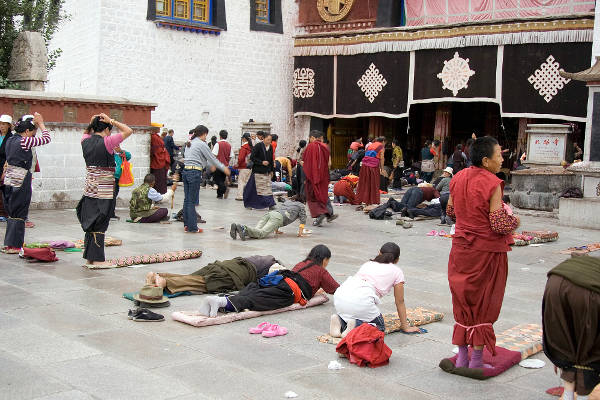
Limi Valley Hiking Route
Keep in mind that there are several Limi Valley trek itineraries that can be done.
Below, we have laid out the most popular version – 20 days, leaving from Kathmandu. If you want to make your own way to Simikot then you could probably organise this with your operator or guide.
It is best to proceed clockwise to reduce the risk of acclimatisation problems. Read on for a more detailed Limi Valley Trek itinerary.
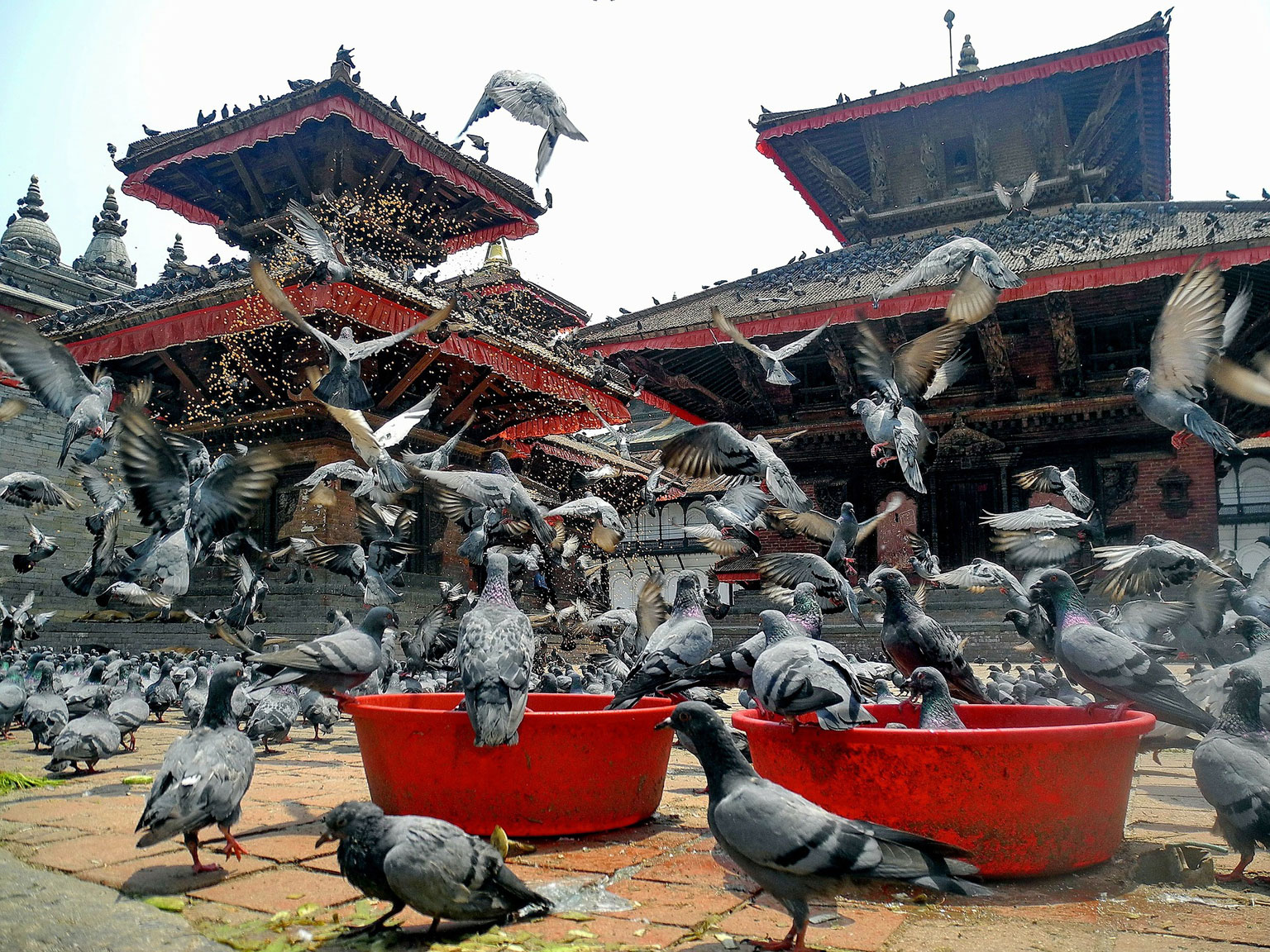
Day 1-2
You will arrive in Kathmandu. You will spend the second day exploring the city and all of its wonderful sights.
Day 3
This trek commences with a scenic flight to Nepalgunj, where you will then stay overnight.
Day 4
There is another, shorter flight to Simikot the next day. Flight delays are common, and this will often postpone your trek. Simikot features frequent shortages of goods, so it is wise to bring your own treats.
Day 5
Your trek begins today! You will trek past the villages of Toling and Dharapani and a number of impressive waterfalls before ascending gradually as you approach Danda Karmi village.
Day 6
The following day, you will trek up a valley and then walk down a steep hill to Sali Hola where there is a very attractive stream. You will likely camp the night in a pasture named Yalbang Chaur.
Day 7
Today, you will trek to the village of Yalbang, passing Toothpaling monastery. After three hours of walking, you reach Muchu Bridge. Then the track descends gradually to a stream immediately before the settlement of Tumkot where you will camp for the night.
Day 8
You will trek along the Karnali gorge before climbing gently up the mountainside to Yari where you will camp for the night.
Day 9
You will trek up through the Nara La pass (14,764) to Limi Valley, following the Kamali river, the longest in Nepal. This river emanates from the holy lake of Mansarover, which is visited by pilgrims in their thousands. You will camp for the night on the banks of the Kamali.
Day 10
Next, you will trek to Kocher, visiting the tiny Sher village on the way. The track twists and turns before reaching Kocher village, where you will board a bus or lorry for the journey to Takalkot. The night could be spent in a guest house rather than a camp if you prefer.
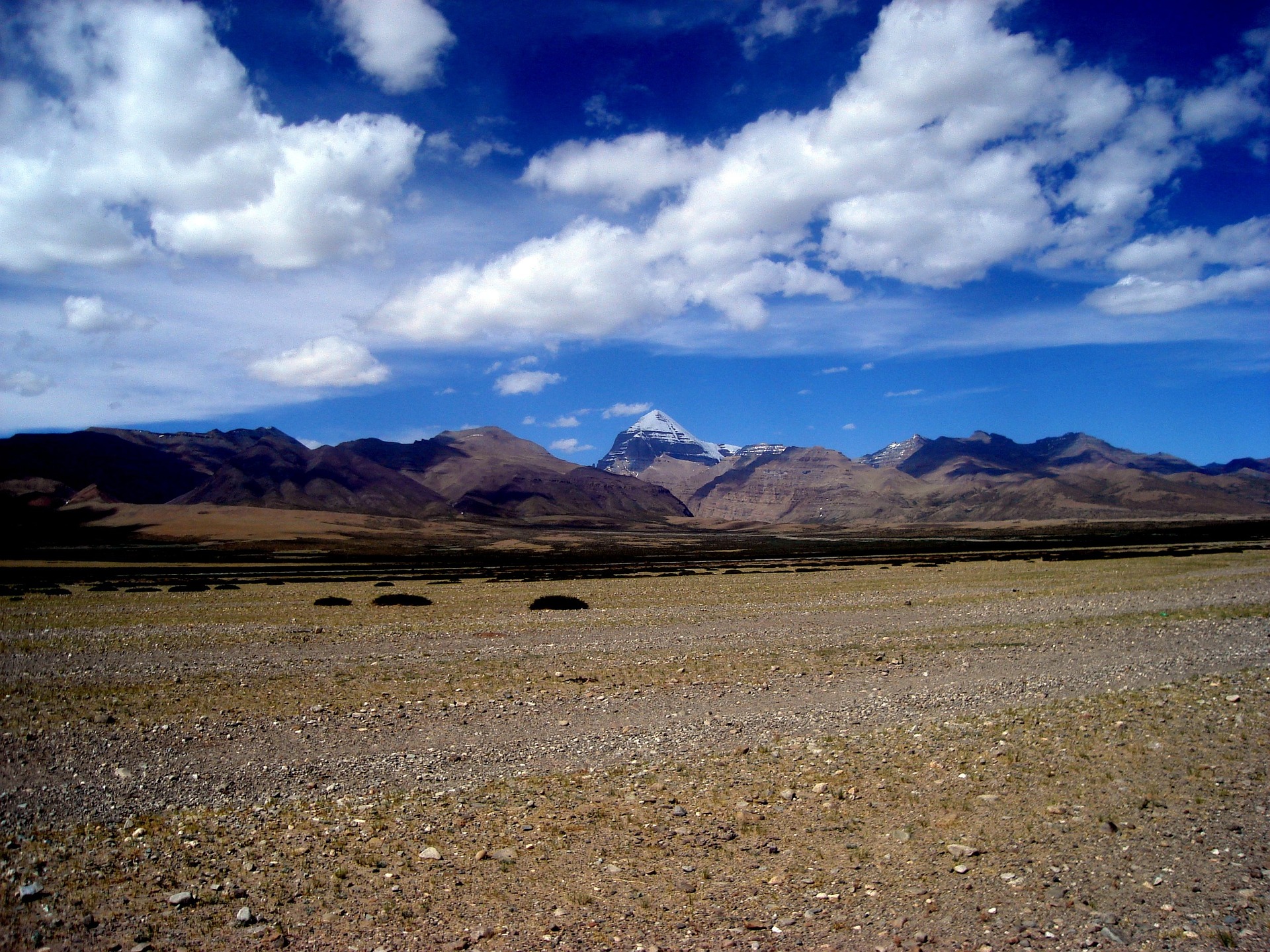
Day 11
Your vehicle will take you to the village of Darchen, the base camp of Mount Kailash, where you spend the night. This mountain is the holiest in Tibet – it is revered by Buddhists, Hindus and Jains.
Day 12
After Darchen, you will trek up to the western valley of Lha Chu and on to Tarpachan. The view of Kailash in the far distance are spectacular. The trail continues to wind before you get to Dri-Phunk. You will camp for the night opposite the Dri-Phunk monastery.
Day 13
Next, you will hike up to Dorma La pass before descending to the holy lake of Guari Kund. The trail follows the eastern side of the valley of the Dzong Chu River, coming to the cave monastery of Zuthul Phunk, where you will camp for the night.
Day 14
You will now continue down the valley to Darchen and camp for the night.
Day 15
At Darchan, you will board a bus that takes you as far as Chiu Gompa, on the bank of Manasarovar, where you will camp for the night.
Day 16
This is a rest day, giving you the opportunity to visit the beautiful Manasarovar Lake.
Day 17
From Chiu Gompa, you will walk for around an hour to Seralung monastery. Later, you will pay a visit to Trugu monastery and then camp for the night.
Day 18
The next stage is to drive to Gosul Gompa, where there is a camp. There is a great hot spring here, so bring your swimming gear!
Day 19
You will now drive for five or six hours along a picturesque landscape that includes Manias, Payang and Bhramaputra and several high passes. At Saga, the bridge of Bhrama Putra is crossed, after which you will call at Pigutso, where there is another beautiful lake. This is where you will camp for the night.
Day 20
At this point, the Thong La pass takes you to Dzangmu, with the massive Mount Shishapangma to your right. The road then brings you to Nyalam, passing Melarepa cave on the way. Post-Nyalam, you will be driven between large hills alongside the Bhote Koshi River – the landscape is beautiful. You will then arrive back at Kathmandu.
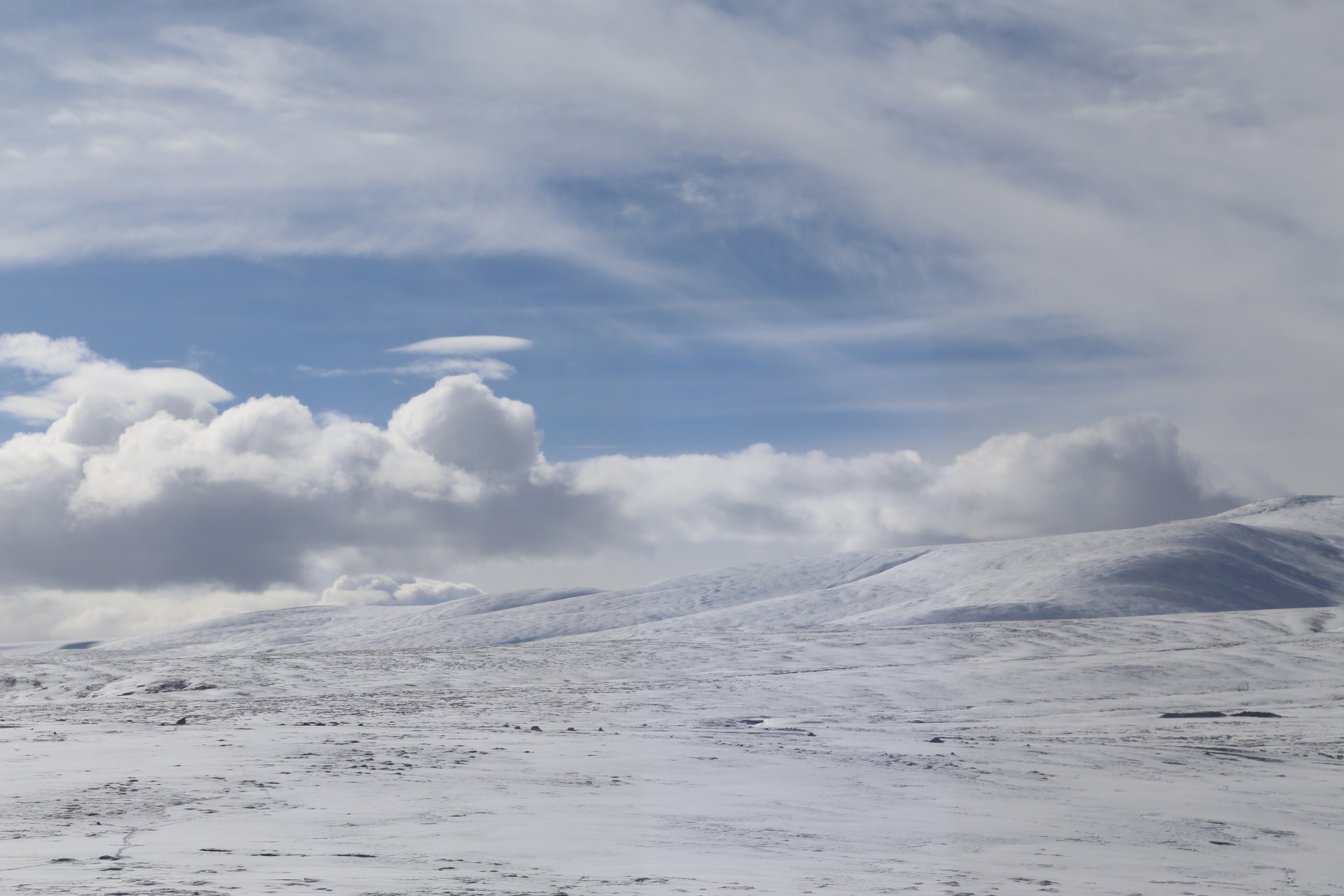
Hiking In Limi Valley FAQ
How much does the Limi Valley Trek cost?
One of the best trekking agencies in Nepal (and in Limi Valley) charges $3,380 per person for a group of two. However, with more trekkers, the cost will be reduced per person; for example, 10 or more people pay about $2,600 each. Because of its remote location the Limi Valley trek is more expensive than other teahouse trekking routes.
Are permits required for the Limi Valley trek?
Yes, permits are required for the Limi Valley trek, and they cost about $50 a week. With permits in limited supply, tourists are warmly welcomed to the region by the local tourist industry.
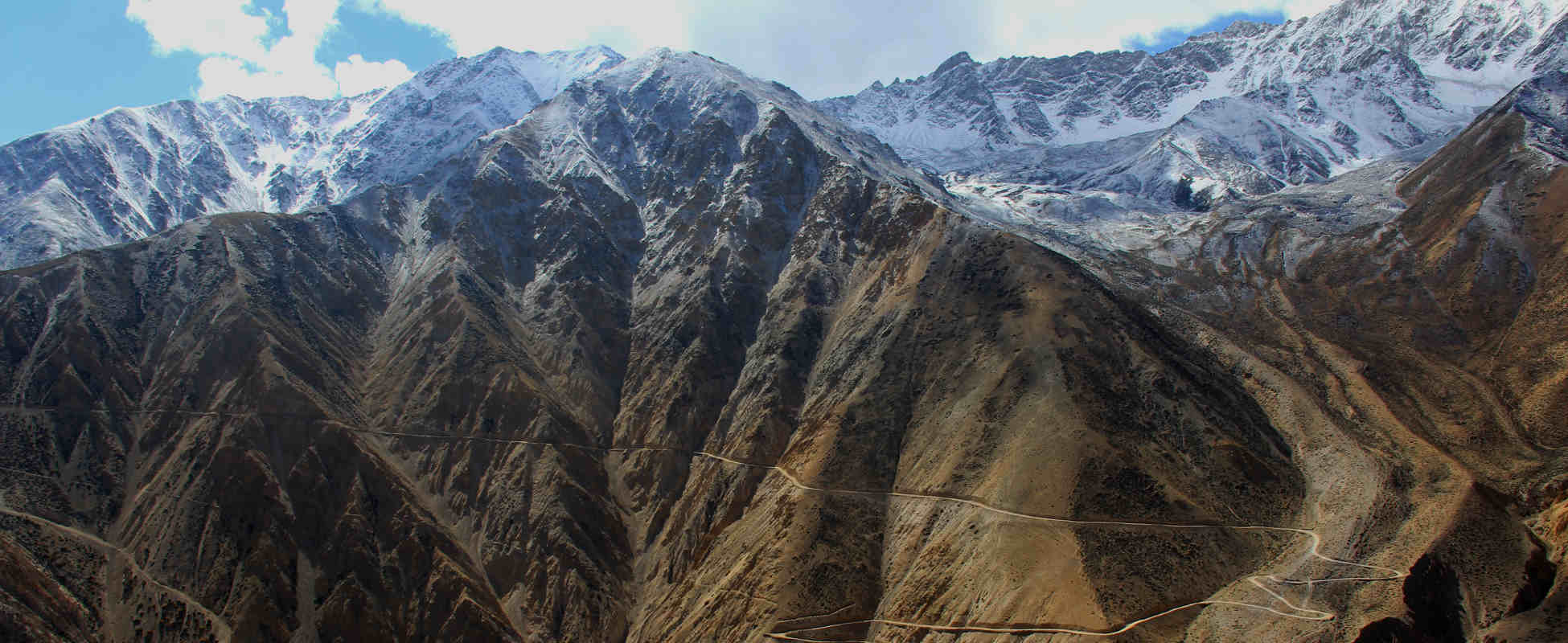
When is the best time to trek in Limi Valley?
The best time to undertake the Limi Valley trek is in summer, between March and September. October is also a possibility.
Limi Valley is in a rain shadow area – blocked from the majority of monsoon rain by the high mountains. Hence trekking is possible even in the monsoon season of June to August when the remainder of the country is drenched with rain.
Outside of the March-September window, trekking is likely to be impossible due to snow blocking the main passes.
Check out our full article on when to go trekking in Nepal.
Is altitude sickness a risk on the Limi Valley trek?
Yes, there is a risk of altitude sickness on the the Limi Valley trek. It is a long, high-altitude trek; at its highest point, Nyalu La Pass, you will reach an altitude of 5,000 meters (16,400 feet).
Fortunately, because of the trek's length, the opportunities for appropriate acclimatisation are good; hence, the prevalence of moderate or sever altitude sickness is low.
Even so, it is important to have a clear understanding of the risks associated with high altitude trekking and how the body acclimatises to high altitude.
We recommend reading our detailed article on Altitude Sickness and Acclimatisation.
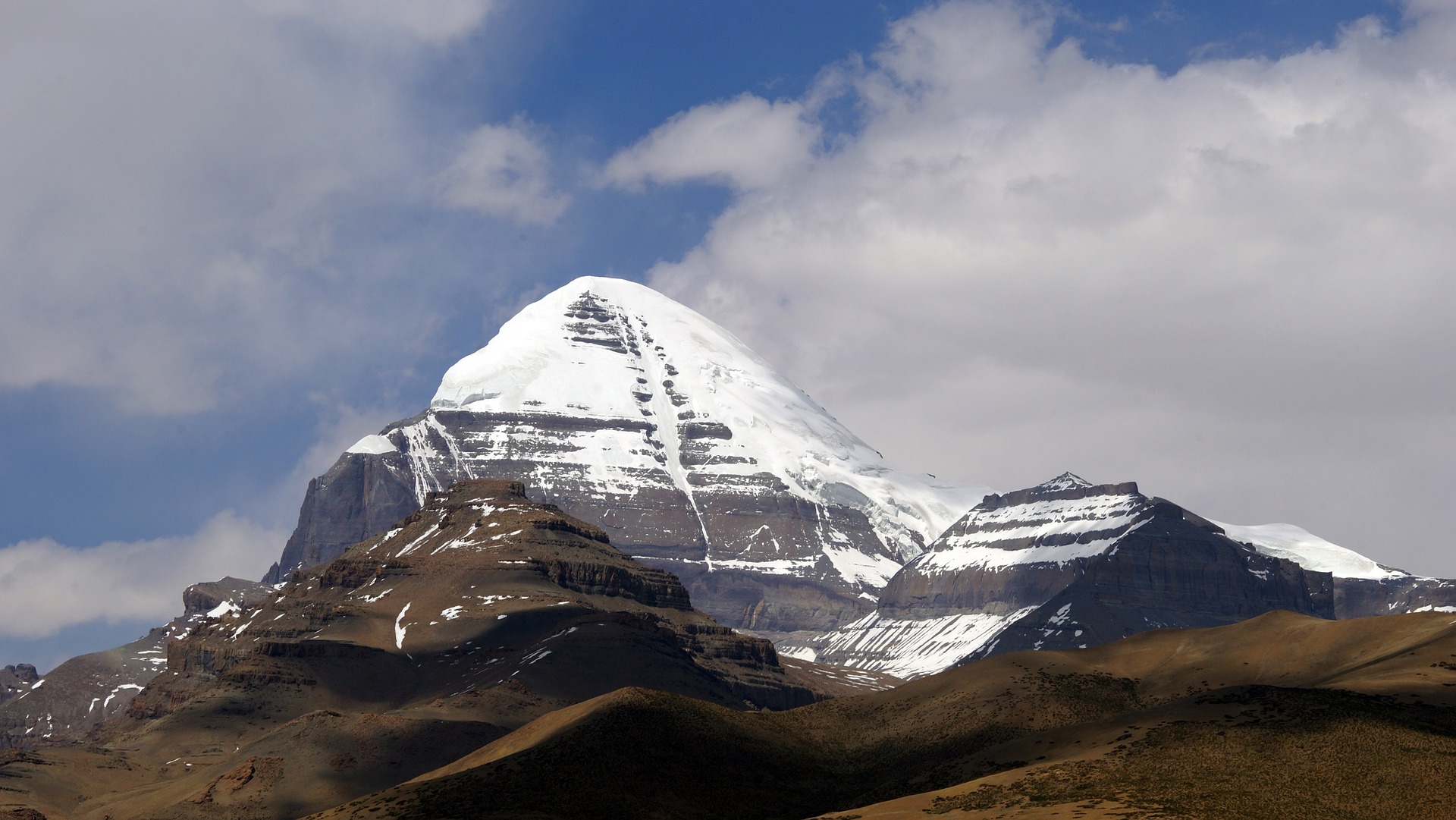
How difficult is the Limi Valley trek?
In terms of difficulty, the Limi Valley trek is considered challenging. The trek is very remote and fairly long. You will be trekking for 6-7 miles per day and the going is often strenuous. Hence, a good level of fitness is required.
What gear do I need for the Limi Valley trek?
Trekking the Limi Valley region requires a number of essential pieces of trekking clothing and equipment. The Limi Valley trek is long and fairly tough. It exposes you to a range of altitudes where temperatures fluctuate dramatically between night and day.
Many pieces of equipment can be rented or bought in Kathmandu, but we strongly suggest bringing the most important pieces of gear with you. To help you plan and prepare for your trek, we recommend reading our hiking gear list.
Do I need trekking insurance for Limi Valley?
Yes, you do need trekking/climbing insurance for the Limi Valley Trek. If an accident or incident should occur that requires immediate medical assistance and evacuation, you will most definitely want adequate trekking insurance that can cover the costs of air ambulance and treatment.
Make sure you have insurance that covers you for any travel related risks, like lost, stolen, damaged or delayed baggage; interruptions and flight delays and tour operators default.
Please read our article on hiking insurance. The article provides great information on what type of insurance you'd need.
Are there any recommended guidebooks for the Limi Valley trek?
Yes, there are a few guidebooks that we recommend for the Limi Valley trek.
The Limi Valley trek is covered in A Trekking Guide to the Nepal Himalaya: Everest, Annapurna, Mustang, Nar Phu, Langtang, Ganesh, Manaslu & Tsum, Rolwaling, Kanchenjunga, Makalu, Lumbasumba, Dolpo, West Nepal, Himalayan Travel Guides by Sian Pritchard-Jones and Bob Gibbons; Shangri-La: A Travel Guide to the Himalayan Dream by Michael Buckley and In Search of Myths and Heroes: Exploring Four Epic Legends of the World by Michael Wood. We also like A Trekking Guide to West Nepal.
You are also welcome to have a look at our recommended list of Nepal books and guidebooks Library for more options.
Continue browsing
See more information on popular hikes in Nepal. Or check out these other Nepal hiking articles:

